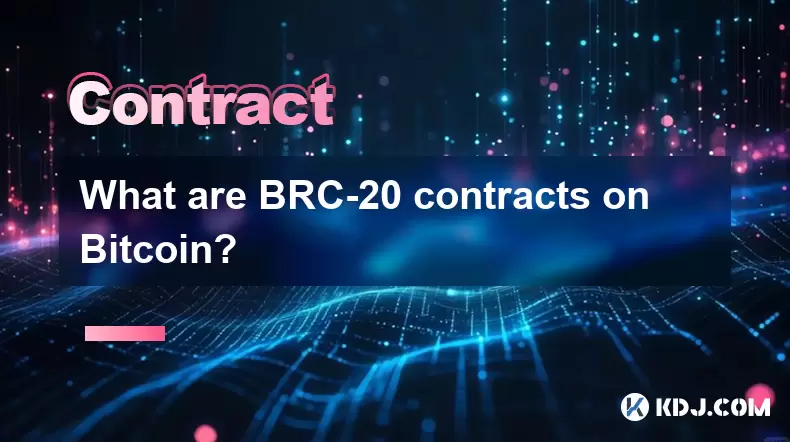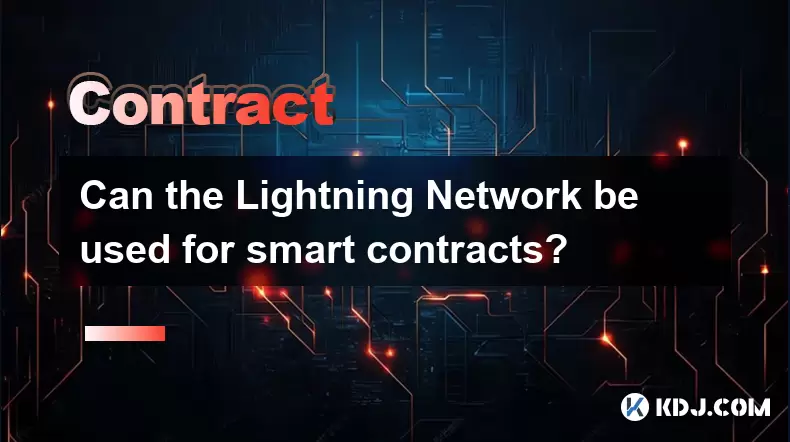-
 Bitcoin
Bitcoin $117,462.8204
-2.03% -
 Ethereum
Ethereum $3,061.1595
1.10% -
 XRP
XRP $2.9139
-2.19% -
 Tether USDt
Tether USDt $1.0002
0.02% -
 BNB
BNB $685.1357
-1.24% -
 Solana
Solana $161.3803
-2.11% -
 USDC
USDC $1.0002
0.04% -
 Dogecoin
Dogecoin $0.1948
-2.92% -
 TRON
TRON $0.2987
-0.89% -
 Cardano
Cardano $0.7330
-1.27% -
 Hyperliquid
Hyperliquid $47.7888
0.13% -
 Stellar
Stellar $0.4514
-2.93% -
 Sui
Sui $4.0169
2.74% -
 Chainlink
Chainlink $15.7088
-2.57% -
 Hedera
Hedera $0.2356
-3.33% -
 Bitcoin Cash
Bitcoin Cash $488.6656
-3.61% -
 Avalanche
Avalanche $21.2955
-1.47% -
 UNUS SED LEO
UNUS SED LEO $9.0415
0.42% -
 Shiba Inu
Shiba Inu $0.0...01332
-0.82% -
 Toncoin
Toncoin $3.0124
-0.62% -
 Litecoin
Litecoin $94.2175
-2.07% -
 Polkadot
Polkadot $4.0011
-0.61% -
 Monero
Monero $333.5714
-3.46% -
 Uniswap
Uniswap $9.1114
-1.56% -
 Dai
Dai $1.0000
0.02% -
 Ethena USDe
Ethena USDe $1.0005
0.00% -
 Bitget Token
Bitget Token $4.4951
1.87% -
 Pepe
Pepe $0.0...01242
0.47% -
 Aave
Aave $321.9943
0.51% -
 Bittensor
Bittensor $434.1984
5.13%
What are BRC-20 contracts on Bitcoin?
BRC-20 tokens enable fungible token creation on Bitcoin via Ordinals, offering new use cases despite technical limitations.
Jul 16, 2025 at 02:49 am

Understanding BRC-20 Contracts on Bitcoin
BRC-20 contracts refer to a specific token standard introduced on the Bitcoin blockchain, allowing for the creation and management of fungible tokens. Unlike Ethereum-based standards such as ERC-20, which are built using smart contract functionality, BRC-20 leverages Ordinals and inscriptions to enable tokenization directly on Bitcoin’s base layer. This innovation has opened new doors for developers and users interested in utilizing Bitcoin not only as a store of value but also as a platform for issuing and transferring digital assets.
BRC-20 tokens operate through a unique mechanism that encodes token information within the witness data of Bitcoin transactions.
This encoding process is made possible by the Ordinals protocol, which allows individual satoshis (the smallest unit of Bitcoin) to be tracked and assigned metadata. As a result, these tokens are inscribed directly onto the Bitcoin blockchain, making them immutable and censorship-resistant.
How Are BRC-20 Tokens Created?
Creating a BRC-20 token involves several steps, each requiring precise execution to ensure compliance with the standard:
- Step 1: Inscription Setup — Developers must first prepare a JSON file containing the token's details, including its name, symbol, total supply, and minting limit per transaction.
- Step 2: Encoding Metadata — The JSON file is then encoded into a format suitable for inclusion in a Bitcoin transaction, typically using the OP_RETURN opcode or witness data fields.
- Step 3: Minting Process — A user mints the token by sending a transaction that includes the encoded data, effectively creating new tokens according to the predefined rules specified during inscription.
- Step 4: Transferring Ownership — Once created, BRC-20 tokens can be transferred between wallets by referencing the specific UTXO (Unspent Transaction Output) that contains the token data.
Each step requires a deep understanding of Bitcoin’s scripting language and the Ordinals protocol to avoid errors that could render tokens unusable.
Technical Limitations and Considerations
Despite their novelty, BRC-20 contracts come with inherent limitations due to Bitcoin’s design philosophy. One major constraint is the absence of native smart contract support, meaning all logic must be implemented off-chain or via complex script structures.
Transaction size becomes a critical factor when dealing with BRC-20 tokens because each inscription adds significant data to the blockchain.
As a result, fees can become prohibitively high during periods of network congestion. Additionally, wallet and explorer support for BRC-20 is still evolving, limiting interoperability compared to more mature ecosystems like Ethereum.
Another consideration is token divisibility. While BRC-20 supports basic fungibility, it lacks the precision of decimal places found in other standards, restricting flexibility in use cases like micro-transactions or fractional ownership.
Use Cases for BRC-20 Tokens
Despite these challenges, BRC-20 tokens have found traction in niche applications:
- Digital Collectibles — Users have issued rare and limited-edition tokens representing virtual items, artworks, or achievements.
- Community Currencies — Some communities have launched their own tokens for internal economies or governance purposes.
- Tokenized Real-World Assets — There are early-stage experiments in representing physical or digital assets on Bitcoin via BRC-20.
These use cases demonstrate how developers are pushing Bitcoin beyond its original intent while leveraging its security and decentralization.
Challenges in Adoption and Scalability
Widespread adoption of BRC-20 faces hurdles related to scalability and infrastructure readiness. Since each token operation is recorded on-chain, the Bitcoin network experiences increased pressure from additional data load.
Block space scarcity becomes a real concern as demand for BRC-20 operations rises, leading to higher transaction fees and longer confirmation times.
Layer 2 solutions like the Lightning Network are not yet optimized for BRC-20 interactions, further complicating usability. Moreover, the lack of standardized tooling and developer documentation slows down ecosystem growth compared to other blockchains.
Wallet providers and explorers must update their systems to recognize and display BRC-20 tokens correctly. Until this happens at scale, user experience remains fragmented.
Frequently Asked Questions (FAQs)
Q: Can BRC-20 tokens be stored in any Bitcoin wallet?
A: No, BRC-20 tokens require wallets that specifically support Ordinals and can interpret the associated metadata. Not all traditional Bitcoin wallets are compatible with BRC-20 token standards.
Q: Is it possible to transfer multiple BRC-20 tokens in a single transaction?
A: Yes, but each token must reference its respective UTXO. Combining multiple tokens in one transaction requires careful handling of inputs and outputs to preserve token integrity.
Q: Are BRC-20 tokens reversible if sent to the wrong address?
A: No, like all Bitcoin transactions, BRC-20 transfers are irreversible once confirmed. It is crucial to double-check recipient addresses before initiating any transaction.
Q: How do developers verify the authenticity of a BRC-20 token?
A: Authenticity is verified by inspecting the transaction history and ensuring the token’s metadata aligns with the original inscription. Tools like Ordinal explorers help in validating token origins and movements.
Disclaimer:info@kdj.com
The information provided is not trading advice. kdj.com does not assume any responsibility for any investments made based on the information provided in this article. Cryptocurrencies are highly volatile and it is highly recommended that you invest with caution after thorough research!
If you believe that the content used on this website infringes your copyright, please contact us immediately (info@kdj.com) and we will delete it promptly.
- GameStop, Bitcoin, and the Inflation Hedge: A New York Perspective
- 2025-07-16 08:30:12
- Solana Memecoins Hit the Big Time: PUMP and Sonic Get Coinbase Listing Boost!
- 2025-07-16 06:50:12
- Core Foundation's Rev+: Fueling Ecosystem Growth Through Revenue Sharing
- 2025-07-16 06:30:17
- Ripple, California, and Collaboration: A New Era for Crypto?
- 2025-07-16 06:30:17
- Uniswap, Mary-Catherine Lader, and the DeFi Evolution: What's Next?
- 2025-07-16 07:10:12
- Roman Storm, DPRK Hackers, and Prosecutors: A Tangled Web
- 2025-07-16 06:50:12
Related knowledge

What is a stablecoin-margined contract vs a coin-margined contract?
Jul 15,2025 at 06:36pm
Understanding the Difference Between Stablecoin-Margined Contracts and Coin-Margined ContractsIn the world of cryptocurrency derivatives, margin plays...

How to backtest a Bitcoin futures trading strategy?
Jul 15,2025 at 11:35am
Understanding Bitcoin Futures TradingBitcoin futures trading involves contracts to buy or sell Bitcoin at a predetermined price and date in the future...

Psychology of trading Bitcoin contracts
Jul 13,2025 at 02:50am
Understanding the Emotional Rollercoaster of Bitcoin Futures TradingBitcoin contract trading, especially in the form of futures, introduces a high lev...

Can the Lightning Network be used for smart contracts?
Jul 14,2025 at 11:28pm
Understanding the Lightning Network's Core FunctionalityThe Lightning Network is a second-layer solution built on top of blockchain protocols like Bit...

How does macroeconomic news affect Bitcoin futures prices?
Jul 15,2025 at 04:56pm
Understanding the Relationship Between Macroeconomic News and Bitcoin FuturesBitcoin futures are derivative contracts that allow traders to speculate ...

Best time of day to trade Bitcoin contracts?
Jul 13,2025 at 05:29am
Understanding Bitcoin Contracts and Their VolatilityBitcoin contracts, particularly futures contracts, are derivative instruments that allow traders t...

What is a stablecoin-margined contract vs a coin-margined contract?
Jul 15,2025 at 06:36pm
Understanding the Difference Between Stablecoin-Margined Contracts and Coin-Margined ContractsIn the world of cryptocurrency derivatives, margin plays...

How to backtest a Bitcoin futures trading strategy?
Jul 15,2025 at 11:35am
Understanding Bitcoin Futures TradingBitcoin futures trading involves contracts to buy or sell Bitcoin at a predetermined price and date in the future...

Psychology of trading Bitcoin contracts
Jul 13,2025 at 02:50am
Understanding the Emotional Rollercoaster of Bitcoin Futures TradingBitcoin contract trading, especially in the form of futures, introduces a high lev...

Can the Lightning Network be used for smart contracts?
Jul 14,2025 at 11:28pm
Understanding the Lightning Network's Core FunctionalityThe Lightning Network is a second-layer solution built on top of blockchain protocols like Bit...

How does macroeconomic news affect Bitcoin futures prices?
Jul 15,2025 at 04:56pm
Understanding the Relationship Between Macroeconomic News and Bitcoin FuturesBitcoin futures are derivative contracts that allow traders to speculate ...

Best time of day to trade Bitcoin contracts?
Jul 13,2025 at 05:29am
Understanding Bitcoin Contracts and Their VolatilityBitcoin contracts, particularly futures contracts, are derivative instruments that allow traders t...
See all articles

























































































